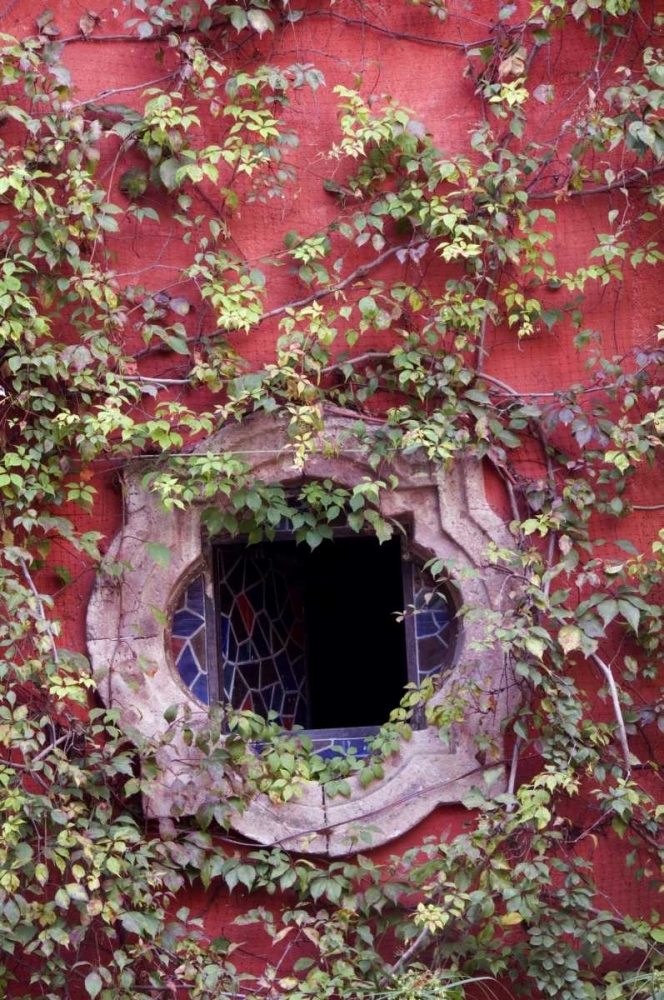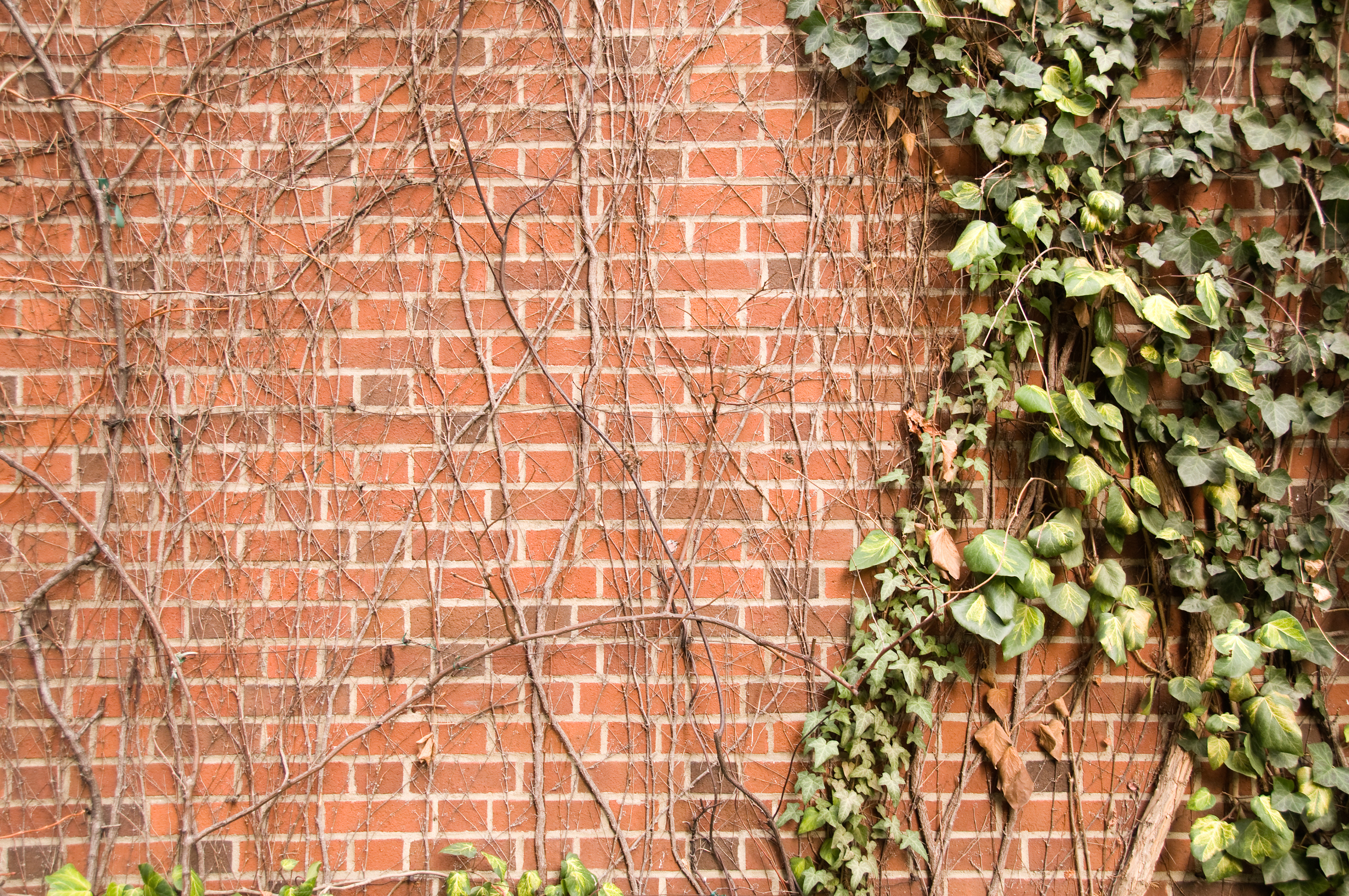Introduction
Ivy, with its elegant trailing vines, can add a touch of charm to your home or garden. However, when it encroaches on your stucco walls, it can turn into a stubborn menace. The adhesive tendrils of ivy can cling tightly to stucco, leaving unsightly marks and potentially damaging the finish. Removing ivy from stucco requires careful planning and specific techniques to avoid further damage to your property.

Image: www.somersethouse.com
Understanding Stucco and its Vulnerability
Stucco is a durable exterior finish composed of cement, sand, lime, and water. Its porous nature makes it susceptible to moisture and organic growth, such as ivy. The tendrils of ivy secrete acids that can gradually erode the stucco’s surface. Additionally, ivy’s dense foliage traps moisture, creating a damp environment that invites mold and mildew growth.
Preparing for Ivy Removal
Before embarking on the task of removing ivy from your stucco, it’s crucial to prepare your work area and gather the necessary materials.
- Protective Gear: Wear long sleeves, gloves, and safety glasses to guard against scratches and potential irritants from the ivy.
- Tools: You’ll need sharp pruning shears, a putty knife, and a scrub brush.
- Cleaning Solution: A mixture of water and vinegar in equal parts can effectively kill the ivy and remove stains.
Manual Ivy Removal
For small or isolated patches of ivy, manual removal might be sufficient.
- Cut the Vines: Using sharp pruning shears, carefully cut the ivy vines as close to the ground as possible. Avoid cutting the stucco accidentally.
- Pull Away the Tendrils: Wear gloves and gently pull the ivy tendrils away from the stucco surface. Be patient and work slowly to avoid tearing the stucco.
- Scrape the Residue: Use a putty knife to scrape off any remaining ivy residue or adhesive. Take care not to scratch the stucco.
- Clean the Surface: Apply the water-vinegar solution to the affected area and scrub with a brush to remove any stains or debris.

Image: www.cablewarm.com
Chemical Ivy Eradication
For more extensive ivy infestations, chemical treatments may be necessary. Consider the following:
- Herbicides: Systemic herbicides, which are absorbed by the plant’s leaves and transported throughout its system, can be effective in killing ivy. Follow the manufacturer’s instructions carefully.
- Vinegar: White vinegar contains acetic acid, which can kill small patches of ivy. Apply undiluted vinegar directly to the foliage and allow it to sit for several hours.
Warning: Exercise caution when using chemical treatments near the base of your stucco walls to avoid potential damage.
Preventing Ivy Regrowth
Once the ivy has been eradicated, take steps to prevent its regrowth:
- Remove Ivy Roots: Carefully dig up any exposed ivy roots to eliminate potential regrowth.
- Apply a Herbicide Barrier: Create a barrier around the perimeter of the affected area by applying a pre-emergent herbicide, which prevents seed germination.
- Regular Inspection: Inspect your stucco regularly for any signs of ivy regrowth and remove it promptly.
Professional Assistance: When to Call an Expert
In cases of severe ivy infestations or damage to the stucco, it’s advisable to seek professional assistance from a qualified contractor who specializes in ivy removal and stucco repair.
FAQs about Ivy Removal from Stucco
Q: Can I use a pressure washer to remove ivy from stucco?
A: No, pressure washers should not be used on stucco as they can damage the surface and penetrate moisture deep into the structure.
Q: Will ivy removal harm my stucco?
A: With proper care and techniques, ivy removal is unlikely to cause damage to stucco. However, always test any cleaning or chemical solutions on an inconspicuous area first.
Q: How often should I apply ivy prevention measures?
A: Regular inspections and herbicide applications can vary depending on the climate and extent of ivy infestation. Consult a professional for customized advice.
How To Remove Ivy From Stucco
Conclusion
Removing ivy from stucco requires a combination of patience, careful execution, and effective prevention measures. By understanding the nature of the challenge and following the outlined steps, you can restore your stucco’s pristine condition while preserving your property’s value. Are you facing the challenge of ivy removal from stucco? Let us know in the comments below, and we’ll be happy to provide further guidance.